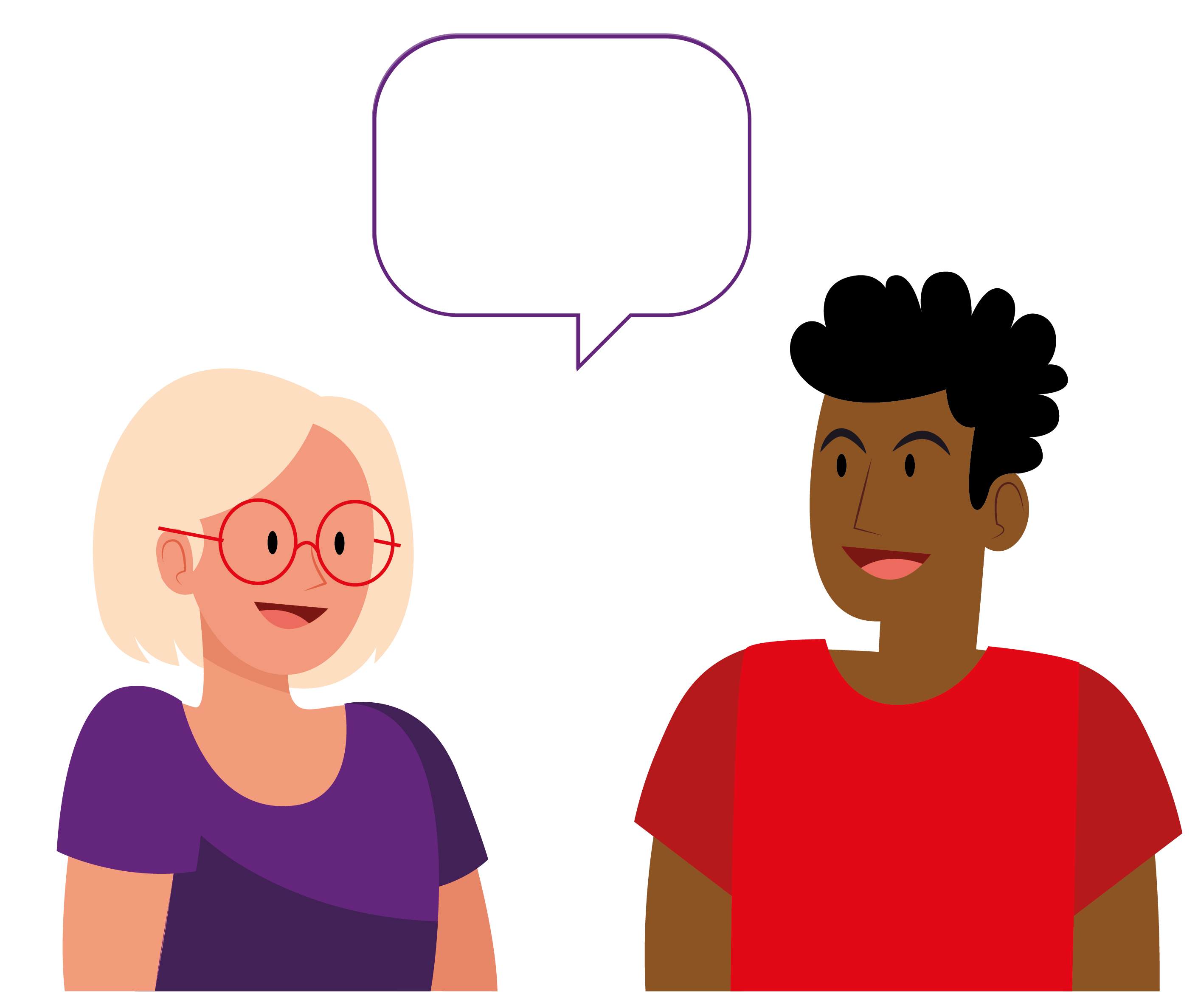Get our FREE autism assessment referral guide
If you have an autistic child, you may find that friends and family want to know more about autism. Or maybe you’d like to explain autism to someone who will spend a lot of time with your child, like a teacher.
Explaining autism can be hard, but it doesn’t have to be. We’ve put together five simple tips on how to explain autism to others.
Did you know we offer fully-funded autism assessments? You can find out more here.
1. Start with the basics
Laying out the foundations can help give someone a basic understanding of autism, so that they can absorb further information easier.
For example, trying to explain sensory overload may be difficult if the person isn’t aware of the impact that sensory experiences can have on an autistic child in the first place.
Without oversimplifying, you can begin to explain autism in an easy way by saying something like:
“My child is autistic. It’s something they were born with, and it means they may not act or respond how you would expect. It doesn’t mean they’re naughty, they just process things differently in their brain.”
By explaining something in a simple way you allow the person to build an understanding of the condition and avoid confusing them by jargon or medical terms.

2. Give examples
People like to understand someone’s experience by trying to relate to them.
Even though we can’t truly know what another person experiences, having an example can help the person visualise and have a deeper understanding of what you’re explaining.
You can say something like:
“My child is autistic, so they experience sensory input differently to others. Sensory experiences can be very intense and overwhelming to them.”
“Bright lights and loud noises which seem manageable to me may be unbearable to them. Have you ever tried having a conversation with someone in a club while the music is booming and the strobe lights are flashing? It can be as distracting as that.”
You can make this specific to your child, for example:
“Even quiet things can be distressing sometimes, like a rustling leaf, and don’t mention the colour yellow or they will become very distressed.”
Of course, the experience won’t fully reflect that of an autistic child but it can help someone who doesn’t have autism understand the concept better.
3. Support their learning
The person you’re speaking to may have lots of questions. People tend to avoid speaking about any disabilities as it can be considered rude to ask or even taboo, so speaking openly about autism can greatly help reduce any shame or negative attitudes towards it.
Answering questions can be a great way to help someone further understand autism, and show others that being positively curious and keen to learn more is a good thing. Sometimes answering difficult questions can be emotionally draining, so make sure to set boundaries about what you are comfortable to talk about.

4. Break down the barriers
A lot of people won’t ask about your child because they’re scared of offending you or saying the wrong thing, but this can sometimes do more harm than good.
Opening up the conversation about autism can help people learn more about your child and how to help them.
If you feel comfortable you can insert a casual comment into a conversation with a family member or a friend to spark a natural conversation, for example:
“My little boy ate broccoli for the first time today, I’m proud of him. He’s autistic and struggles with trying new foods, so this is a big achievement.”
Sometimes when people are too nervous to ask a question they may display other behaviour instead, like staring. This can feel rude, but if you feel comfortable you can break the ice by saying something like:
“I noticed you’re looking our way, my child is wearing ear defenders because they find loud noises difficult. This is because they are autistic.”
Remember, your and your child’s comfort is most important. You don’t need do anything you’re not happy doing, and it’s not your responsibility to educate others. However, some people find reaching out to others can help understanding.
5. Encourage further learning
You can direct your friends and family to credible and reliable resources to help them understand autism further. It’s also a great way to enable their learning if you don’t feel comfortable answering questions they may have.
To avoid someone finding misinformation, you can send them professional resources like material from the NHS or our resources here are a great place to start.
If you liked this post, check out our Facebook, Twitter and Instagram where we share similar content on our autism service and support for disabled children.
For more autism resources, check out the ‘News’ section of our website.
)

)
)
)
)